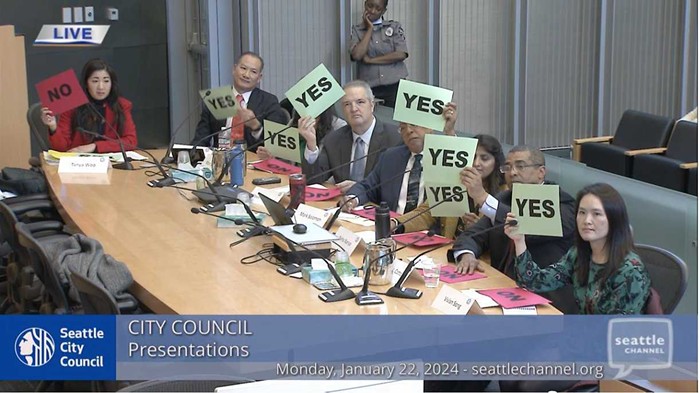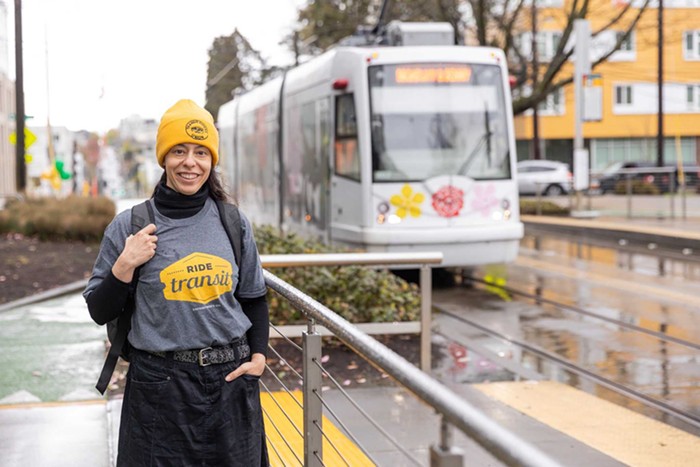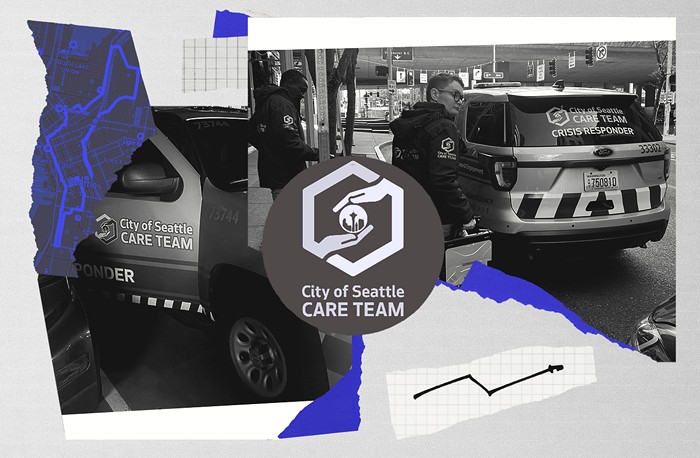Peace on Earth, Paris
While the streets above teem with cars, delivery trucks stopped on one-way lanes, slow-moving street-cleaners, zipping scooters, bicycles, and buses, all sharing a vast network of boulevards splitting into a tangled web of narrow thoroughfares, I cruise peacefully beneath the city, blissfully unaware of the chaos above, nose in a book.
When I arrive, I skip up the stairs and am certain to be within a few hundred yards of my destination, unfazed by the harrowing ordeal of parking and either paying stratospheric sums for a spot or parking on a curb. All this peace of mind for merely a dollar.
The Paris Metro was one of the later subway systems to be developed: Its first line only made its debut in 1900. City officials made up for lost time by making it one of the most efficient systems in the world. With 14 lines, over 131 miles of track, and over 350 stations (almost a quarter of which intersect), it is just about impossible to make a case for even wanting a car--and with the Metro transporting some six million people a day, it's clear that many agree.
In a city dense with narrow streets (despite Haussmann's best efforts to create wide boulevards, the city is still packed with sinuous lanes), the Metro makes the city livable. With a range of tariffs--weekly passes ($13.26), monthly passes ($44.36), 10 tickets ($9.30), or individual tickets ($1.30), all valid on the bus and suburban transit system within city limits--there is simply no better deal in town.
--Christina Henry de Tessan
Viva el Metro, Mexico City
I love Mexico City's subway system, or "el Metro." Why do I love it? Let me count the ways. One, it's huge! El Metro carries almost five million people a day! (There are six million people in the whole state of Washington.) With more than 200 kilometers of existing rail, you can get almost anywhere in Mexico City. Two, it's clean and efficient. Clean and efficient are two characteristics that don't immediately come to mind when thinking about any city, much less one of the largest in the world. But it's true: The trains are always clean and run on time. Three, it's cheap! One ride costs two pesos--that's less than a quarter!
Finally, el Metro is beautiful. When you descend the stairs to the stations, you feel as if you have stepped into the future. This feels especially true because so much of Mexico City is old (I mean really old, not Seattle old).
After visiting the Templo Mayor, the grandest Aztec pyramid (14th century), you walk past the massive Metropolitan Cathedral (16th-17th centuries) on your way to the subway. You do or don't give beggars money. You then descend the stairs to take a ride on modernity's favorite collective transporter.
--Xui Garcia
Drink and Ride, London
I spent the last days of the last year of the '80s on the edge of London, in a neighborhood whose immediate center was a business district called Barking. From my bedroom window I could see the impossible: the end of London. Not too far from where I lived was the final station of the National Rail, which I used to connect with the start of the London Underground in Upminster. The residents of this final neighborhood were white Londoners, who had fled the "inna city," as Jamaicans called it, to this semi-pastoral locale.
During the weekends, I would leave my flat and make a trip to the center of my colonial world, the West End.
The first subway system in the history of humankind, the London Underground boasts 275 live stations, 40 abandoned stations, and a billion trips taken annually. But the most impressive thing about the London Underground is this: You can drink booze while riding the train!
Everyone agrees that drinking while driving is uncool, but what's wrong with drinking while you are on the bus or, in the future, while you are on the monorail heading to a party in West Seattle?
--Charles Mudede
I Never Owned a Car, Madrid
I lived in Madrid for three and a half years in the late '80s working as a teacher. Madrid's Metro is a thing of wonder and envy. I never owned a car there, nor a bike, nor a Vespa--none of them were ever necessary. Everyone talks about London, Paris, Barcelona. Ah, but the Metro! Even now, 10 years after my time there (and having voted for Seattle's comatose light-rail plan in the interim), Madrid's Metro has added a couple of new lines as well as a score of new stations to what I had formerly known as final stops. The total now stands at 12 lines, 156 stations, and still growing. And this total doesn't include the tied-in regional commuter lines, and the national lines that take you to Lisbon, Barcelona, Seville, and beyond. They're all connected to the Madrid Metro.
The Metro is having a car. When you're off to this or that new place in the city, the directions invariably include the name of the area Metro station.
I used the Metro as a means of discovering Madrid. I would hop on, pick a station I'd never been to before, and surface into its unique neighborhoods. A sherry bar here, a mom-and-pop chocolate factory there; a Moroccan tea house, a Gaudí apartment building; fountains, parks, clubs, plazas, tapas. And there was at least one homemade potato chip shop in every neighborhood, and I doggedly tried to find them all via the Metro.
And the people in those neighborhoods: There were Gypsy street-musician families playing car-battery-powered keyboards, pet goat balancing on tiny platform; there were in-limbo North Africans in rip-stop, Catholic-relief nylon gym suits; there were an infinite number of sunburned Germans looking for bottled water. The Metro was an endless archway into everything a city has to offer, which is neighborhoods.
--Kevin Shurtluff
Down in the U-Bahn at
Midnight, Berlin
Berlin isn't a quaint European village. It's a messy, sprawling metropolis. I heard that eight Parises can fit comfortably inside Berlin, and I believe it. Berlin is huge. And the U-Bahn connects every corner of it.
It would be lying to say that Berlin's U-Bahn is the cleanest, safest, or most punctual transit system, but it can connect you to any destination in the city, at nearly any hour of the day or night. If I left a party at three in the morning, I could always catch the U-Bahn home. I might have had to wait for an hour, but a train always eventually showed up. And the night-train cars would take on the character of the people who rode them. It was always something different. You could walk on to the wrong car and end up in a skinhead rally. During the Love Parade, ravers would take to the trains in hoards. I would innocently ride the train home at night and 200 whistle-blowing, Euro-techno fans would bombard the train. You'd have to see it to believe it.
I can't remember the trains ever being empty.
--Ryan Hicks


















